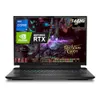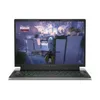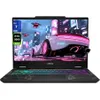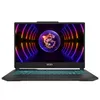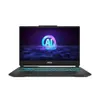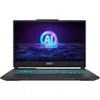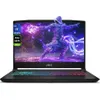Owning the best gaming rig and Steam Deck OLED has badly hurt my love for laptop gaming — here’s why
It’s a great problem to have, but my knockout hardware combo makes justifying a gaming laptop purchase tough
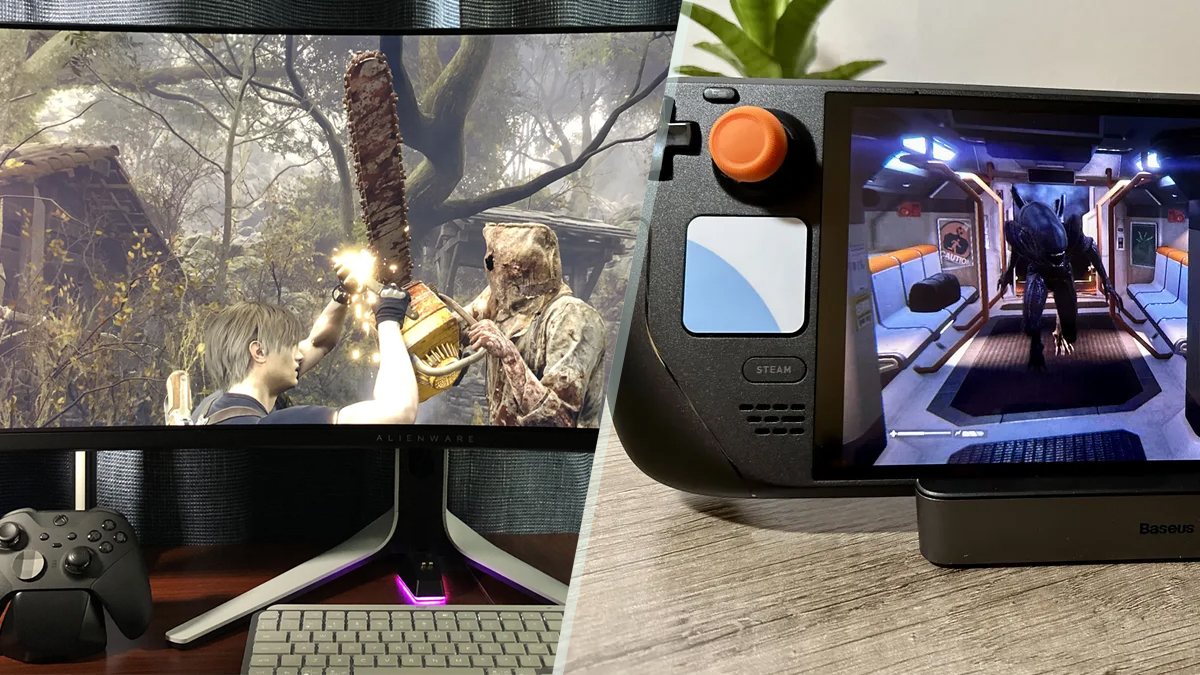
Despite this article's headline, I actually do have a place in my cynical ticker for gaming laptops… reviewing them is part of my job, after all. I also think a lot of high-end portable PCs are overpriced, but there’s definitely a place for them in an increasingly crowded market when done well.
No matter how good laptop gaming gets, though, it’s hard to see it shoving aside the deep love I have for my amazing desktop and the best gaming handheld around.
The Asus ROG Zephyrus G14 (2023) kicked all the ass when I reviewed it last fall. I was blown away by its Nvidia GeForce RTX 4090 laptop GPU and incredible 14-inch (2560 x 1600) mini-LED screen — a panel with such convincing black levels, it’s almost “OLED good.” Almost.
That said, I was obviously sent the Zephyrus G14 on loan for the grand sum of nada, so I didn’t need to face the uncomfortable economic realities of dropping $3,299 on a gaming laptop. Then again, I’ve spent way more than that assembling what’s essentially the best gaming PC money can buy, so I know the pain of obliterating your savings on cutting edge hardware all too well.
Yet, it’s precisely because I’ve splurged the average price of a used hatchback (at least by U.K. standards) on such a monstrously powerful rig that I don’t feel overly compelled to do much laptop gaming outside of when my (awesome) role as a computing editor here at Tom’s Guide requires it.
My desktop setup is simply far better than any gaming laptop you can buy right now.
My desktop setup is simply far better than any gaming laptop you can buy right now. I’m going to sound like a snobby jerk for dropping the list of components I’ve assembled, but here goes...
The real deal desktop RTX 4090 GPU (which knocks the stuffing out of the laptop equivalent). The AMD Ryzen 7 7800X3D gaming CPU. 32GB of G.Skill Trident Z5 DDR5 RAM. Several blisteringly fast NVMe SSDs. A freakin’ dual OLED screen setup that includes the Samsung Odyssey OLED G9 gaming monitor and a 48-inch LG C2 OLED TV.
Get instant access to breaking news, the hottest reviews, great deals and helpful tips.
Yes, I’m now very poor. And yes, I also have no need to buy a gaming laptop anytime soon… and that’s not just because I get loaned them on a regular basis.
On the other end of the (far more sensible) value scale, I think there’s a real argument to be made that the quality of the best handheld PCs now makes justifying an expensive gaming laptop that much harder.
Just look at the Steam Deck OLED. It’s a phenomenal device.
Full Steam ahead
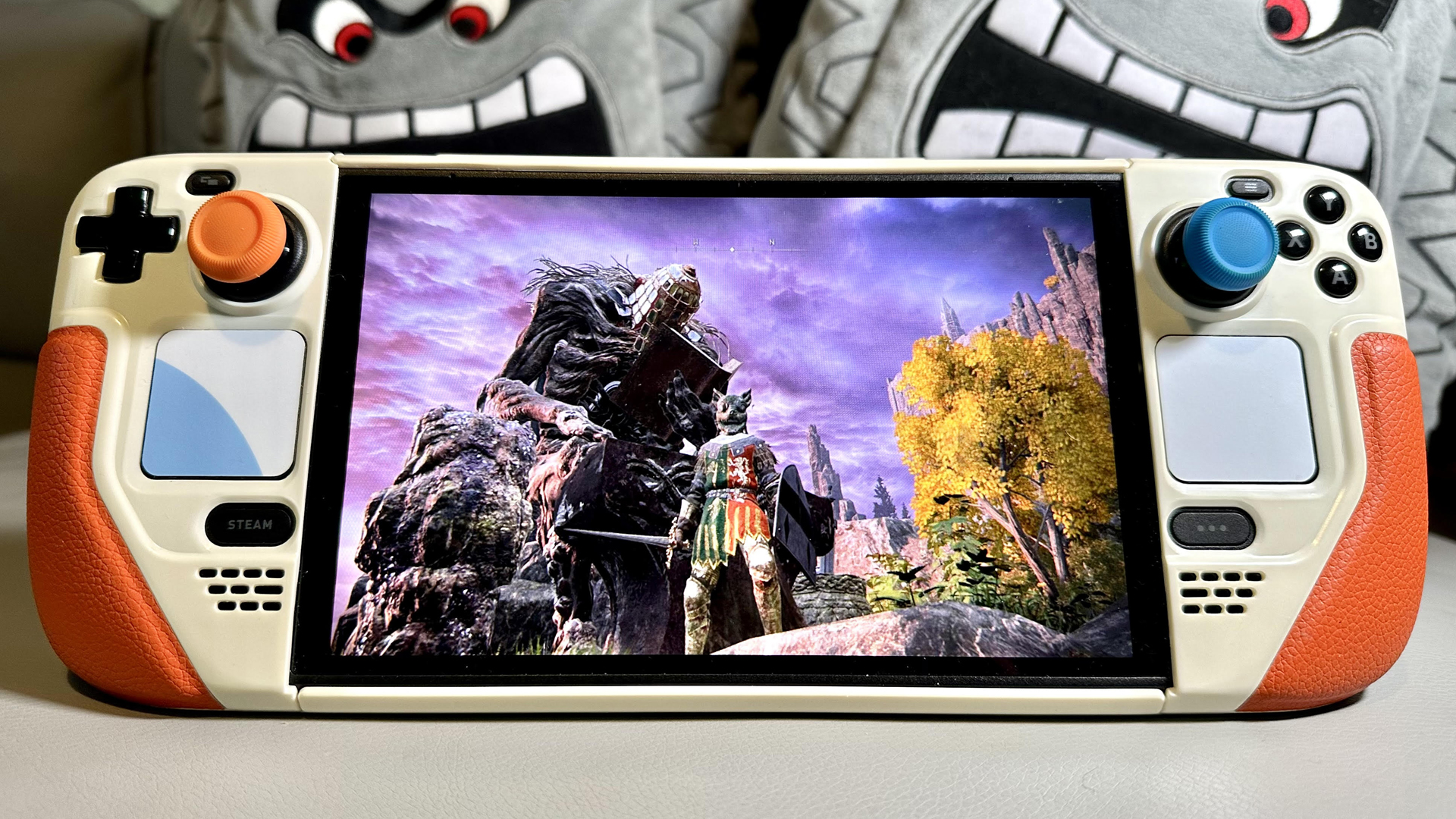
I bought Valve's upgraded OLED handheld on launch week last November, and it’s comfortably become my go-to gaming device ever since. Not only has it reduced the amount of time I spend with my monster rig, it’s completely killed my interest in playing my Nintendo Switch OLED. When you can play Elden Ring at a stable 30 frames per second on Valve’s sensational HDR screen and my beloved Alien: Isolation maxed out at 90 fps, even the wonderful Legend of Zelda: Tears of the Kingdom can’t tempt me back to The Big N’s exceptional handheld hybrid.
Between clocking up 50 hours in the Lands Between on Steam Deck OLED in the past week — good lordy am I looking forward to the Elden Ring Shadow of the Erdtree DLC — and a lot more time than that playing the peerlessly epic Red Dead Redemption 2 in 4K at a locked 120 fps on my mega desktop over the last few months, I just don’t have space in my downtime for a gaming laptop at the moment.
That doesn’t mean I’m not still frothing at the mouth to test the Asus ROG Zephyrus G14 (2024) and its updated OLED screen, of course.
I’m still frothing at the mouth to test the Asus ROG Zephyrus G14 (2024).
It’s just that when you can experience the highest of high-end PC gaming then seamlessly carry your save over to Valve’s impeccable OLED machine that starts at a competitively priced $549, the middle ground of gaming laptops that often cost north of $2,000 feels like a space I don’t want to devote my evenings to outside of work commitments right now.
Gaming laptops can be great when they hit the sweet spot between price and performance — definitely check out our picks of the best gaming laptops while I’ve hopefully still got your attention.
In the here and now though, that pulsating organ in my chest belongs to a beast of a desktop and what I consider to be the best portable piece of PC hardware that’s ever been designed.
More from Tom's Guide
- MSI Claw just got a US release date — Steam Deck faces its biggest threat yet
- The best Steam games: Tried and tested
- Steam Deck OLED is the must-buy handheld of the moment

Dave is a computing editor at Tom’s Guide and covers everything from cutting edge laptops to ultrawide monitors. When he’s not worrying about dead pixels, Dave enjoys regularly rebuilding his PC for absolutely no reason at all. In a previous life, he worked as a video game journalist for 15 years, with bylines across GamesRadar+, PC Gamer and TechRadar. Despite owning a graphics card that costs roughly the same as your average used car, he still enjoys gaming on the go and is regularly glued to his Switch. Away from tech, most of Dave’s time is taken up by walking his husky, buying new TVs at an embarrassing rate and obsessing over his beloved Arsenal.

